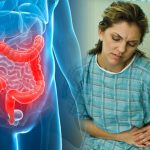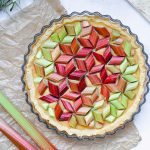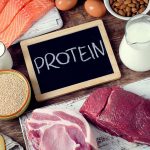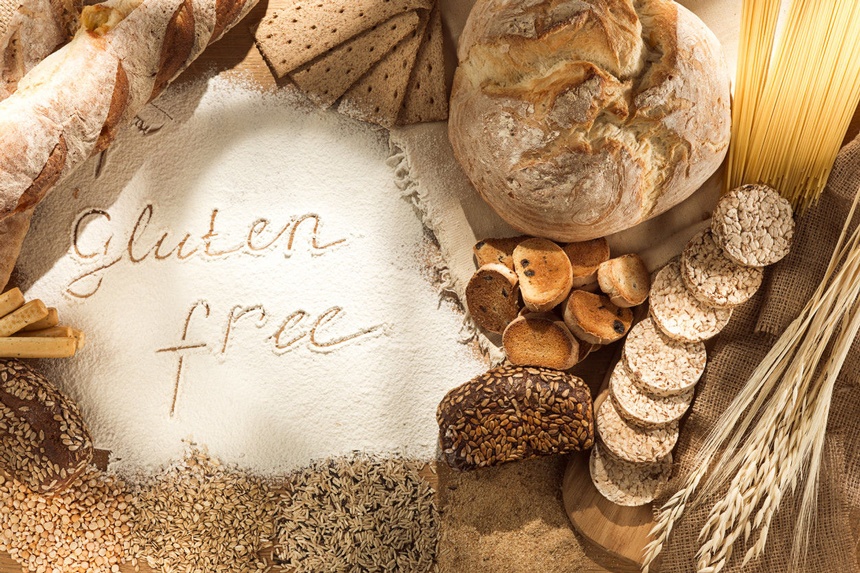
A gluten-free lifestyle involves navigating a dietary path that excludes certain grains containing gluten, a group of proteins primarily found in wheat, rye, and barley. While gluten is harmless for most individuals, it can pose health risks for those with conditions like celiac disease, making it crucial to be vigilant about food choices.
One essential aspect of a gluten-free diet is embracing whole, unprocessed foods, which naturally fit into this eating regimen, offering a diverse array of options. However, it’s important to note that some food additives can transform supposed gluten-free items into problematic foods for individuals with conditions like celiac disease.
Gluten plays a pivotal role in maintaining food structure, imparting elasticity, moisture, and contributing to the rise of baked goods like bread while giving them a chewy texture. Yet, for those with gluten-related conditions, avoidance is key to preventing adverse health effects.
Understanding the intricacies of food labels is critical for those who cannot consume gluten. Many foods incorporate gluten-containing ingredients, so closely inspecting labels becomes paramount. While various foods listed are typically gluten-free, variations in processing, especially within shared facilities, may lead to trace amounts of gluten, making certification or careful label scrutiny crucial for individuals with chronic conditions like celiac disease. Here is a list of 10 food items that are safe for you to enjoy.
- Whole Grains
- Fruits
- Vegetables
- Bell peppers
- Legumes
- Red meat
- Unflavored soy foods
- Dairy Products
- Fats and Oil
- Some Beverages [1] [2]

